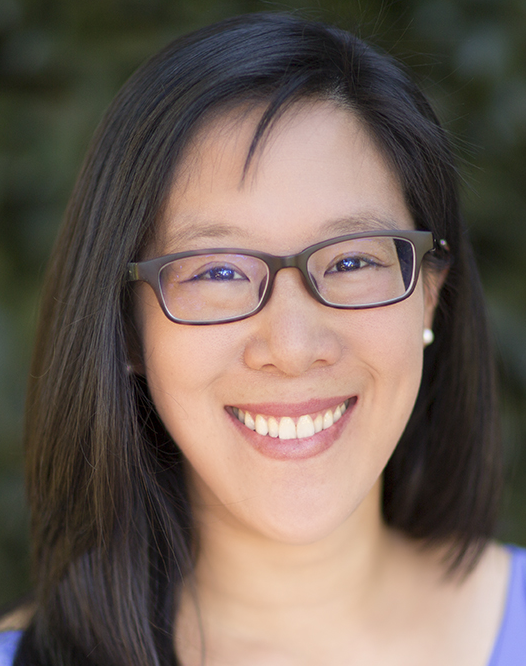
Lusann Yang
Lusann has been a software engineer within Google Research since September 2014. She works on projects that combine Google's strengths in experimental design, machine learning, and statistical data analysis at scale with basic scientific research. Lusann enjoys working on problems across a range of applied physics topics, including, in particular, experimental combinatorial oxide synthesis and computational materials science.
Research Areas
Authored Publications
Sort By
Discovery of complex oxides via automated experiments and data science
Joel A Haber
Zan Armstrong
Kevin Kan
Lan Zhou
Matthias H Richter
Christopher Roat
Nicholas Wagner
Patrick Francis Riley
John M Gregoire
Proceedings of the Natural Academy of Sciences (2021)
Preview abstract
The quest to identify materials with tailored properties is increasingly expanding into high-order composition spaces, where materials discovery efforts have been met with the dual challenges of a combinatorial explosion in the number of candidate materials and a lack of predictive computation to guide experiments. The traditional approach to predictive materials science involves establishing a model that maps composition and structure to properties. We explore an inverse approach wherein a data science workflow uses high throughput measurements of optical properties to identify the composition spaces with interesting materials science. By identifying composition regions whose optical trends cannot be explained by trivial phase behavior, the data science pipeline identifies candidate combinations of elements that form 3-cation metal oxide phases. The identification of such novel phase behavior elevates the measurement of optical properties to the discovery of materials with complex phase-dependent properties. This conceptual workflow is illustrated with Co-Ta-Sn oxides wherein a new rutile alloy is discovered via data science guidance from the high throughput optical characterization. The composition-tuned properties of the rutile oxide alloys include transparency, catalytic activity, and stability in strong acid electrolytes. In addition to the unprecedented mapping of optical properties in 108 unique 3-cation oxide composition spaces, we present a critical discussion of coupling data validation to experiment design to generate a reliable end-to-end high throughput workflow for accelerating scientific discovery.
View details
Preview abstract
Materials design enables technologies critical to humanity, including combating climate change with solar cells and batteries. Many properties of a material are determined by its atomic crystal structure. However, prediction of the atomic crystal structure for a given material's chemical formula is a long-standing grand challenge that remains a barrier in materials design. We investigate a data-driven approach to accelerating ab initio random structure search (AIRSS), a state-of-the-art method for crystal structure search. We build a novel dataset of random structure relaxations of Li-Si battery anode materials using high-throughput density functional theory calculations. We train graph neural networks to simulate relaxations of random structures. Our model is able to find an experimentally verified structure of Li15Si4 it was not trained on, and has potential for orders of magnitude speedup over AIRSS when searching large unit cells and searching over multiple chemical stoichiometries. Surprisingly, we find that data augmentation of adding Gaussian noise improves both the accuracy and out of domain generalization of our models.
View details
Tensor Field Networks: Rotation- and Translation-Equivariant Neural Networks for 3D Point Clouds
Nathaniel Cabot Thomas
Tess Smidt
Steven Kearnes
Li Li
Kai Kohlhoff
Patrick Riley
(2018)
Preview abstract
We introduce tensor field neural networks, which are locally equivariant to 3D rotations, translations, and permutations of points at every layer. 3D rotation equivariance removes the need for data augmentation to identify features in arbitrary orientations. Our network uses filters built from spherical harmonics; due to the mathematical consequences of this filter choice, each layer accepts as input (and guarantees as output) scalars, vectors, and higher-order tensors, in the geometric sense of these terms. We demonstrate the capabilities of tensor field networks with tasks in geometry, physics, and chemistry.
View details
